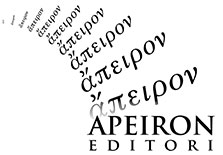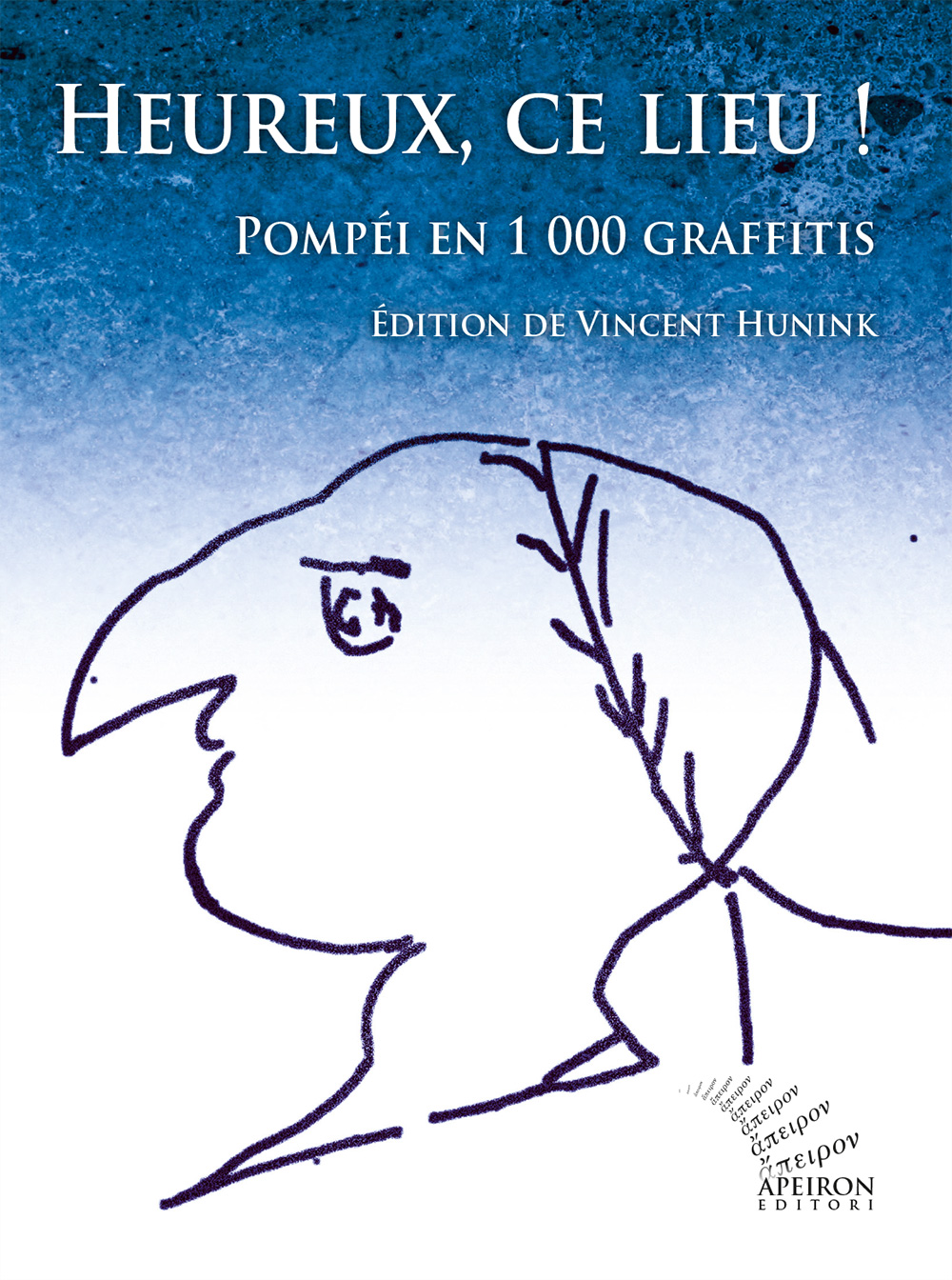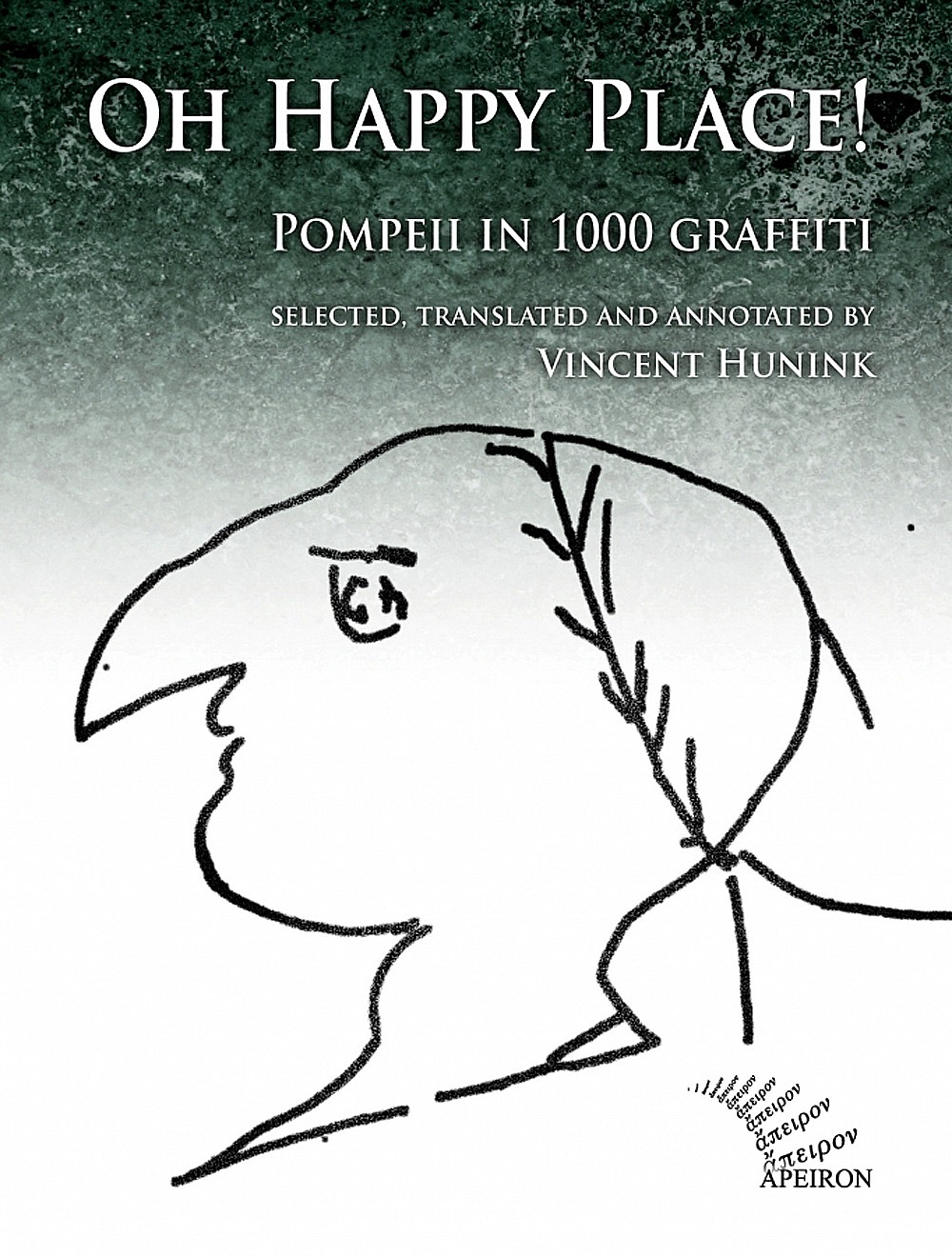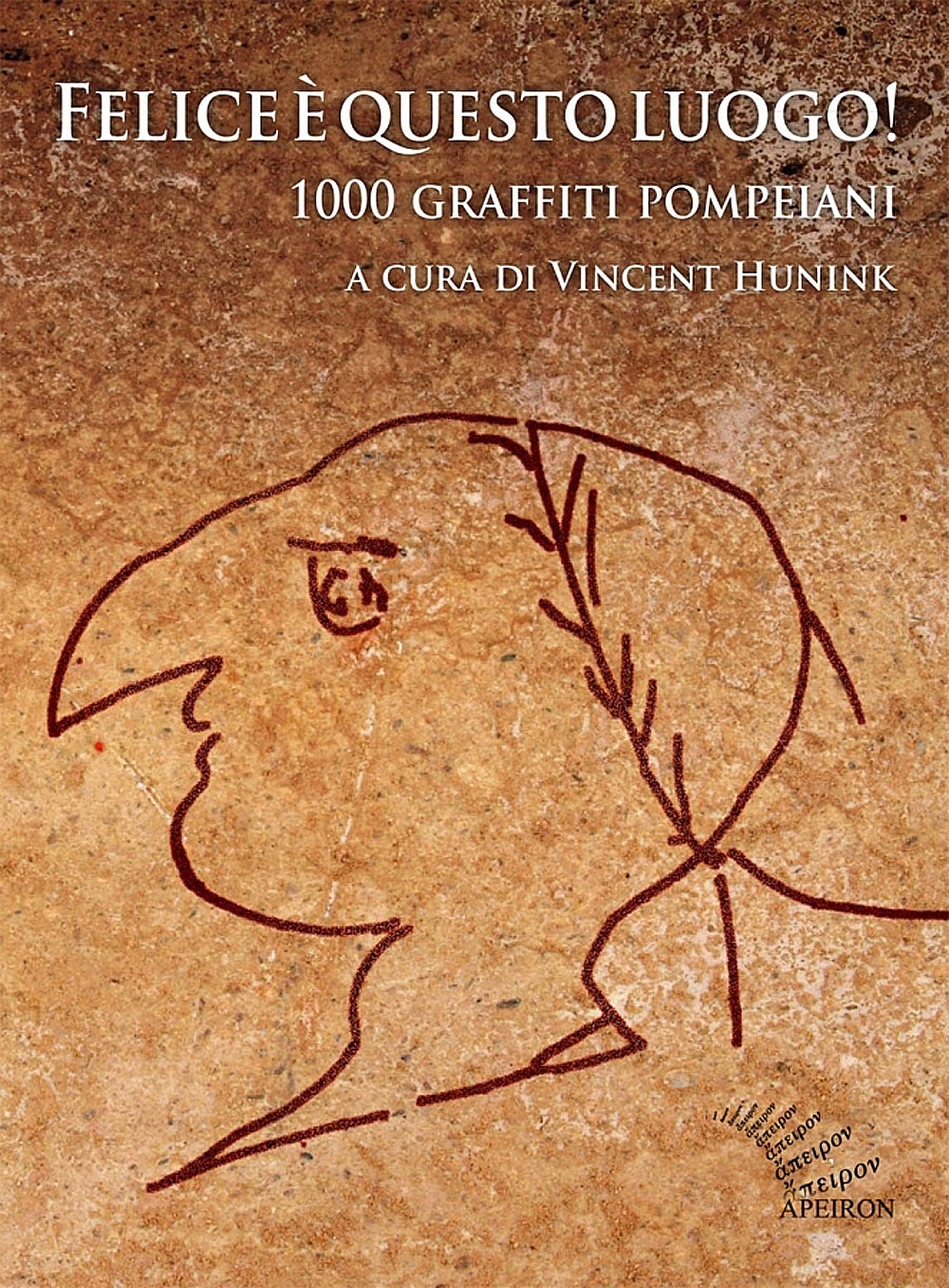En 79 après J.-C., la ville romaine de Pompéi a été ensevelie sous les pierres ponces et les cendres du Vésuve. Dans les décombres de la ville, on a recueilli de nombreux textes courts, la plupart inscrits ou peints sur les murs et les colonnes de demeures privées et de bâtiments publics. Ces « graffitis » offrent un panorama fascinant de la vie urbaine romaine.
Vincent Hunink
Vincent Hunink (1962) insegna latino e greco paleocristiano all’università Radboud di Nimega, Olanda. È attivo come traduttore di testi in latino.
Vincent Hunink (1962) is assistant professor of Latin and early Christian Greek and Latin at Radboud University in Nijmegen (Netherlands). His publications include numerous translations of Greek and Roman literature.
Oh Happy Place! Pompeii in 1000 graffiti
In AD 79 the Roman town of Pompeii was buried under volcanic material from Mount Vesuvius. Among the remains of Pompeii many short texts were found, most of them inscribed or painted on walls and columns in houses and public buildings.
Felice è questo luogo. 1000 graffiti pompeiani
Il fenomeno dei graffiti non nasce nel XX° o nel XXI° secolo. Già nell’Antichità, per comunicare cose che avrebbero dovuto restare visibili almeno per un po’, si utilizzavano i muri di edifici sia pubblici che privati. In questo libro risuonano le voci e i pensieri dei pompeiani del 79: donne e uomini, liberi e schiavi, giovani e vecchi.




